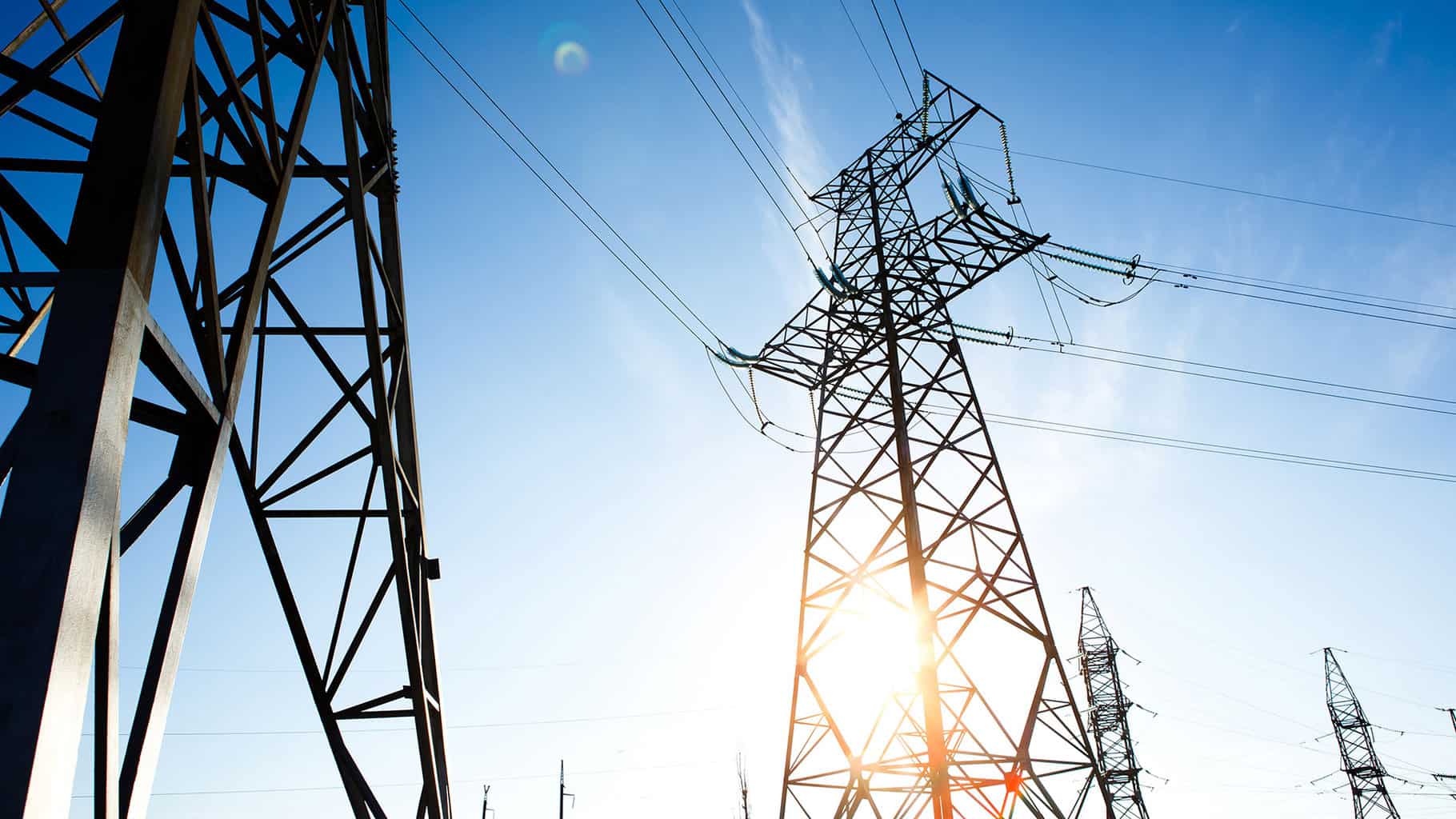In cross-border areas between the Czech Republic and Poland, shared 5G infrastructure will be used for clever car and traffic communications, as well as for rural connectivity. The European Union (EU) has provided funding for the project as part of its Connecting Europe Facility for digital projects (CEF Digital), which runs from 2021 to 2027. The award, which is worth about €2 million, is being administered by tower company Towerlink Poland, a division of Spanish company Cellnex, and wholesale network operator CETIN AS (eská Telekomunikan Infrastruktura ), a division of Czech investment group PPF.

Empowering Connected Mobility Solutions – BALTCOR5G
According to the European Commission (EC) website, the specific project, called BALTCOR5G, aims to use cellular vehicle-to-every (C- V2X) infrastructure to connect Baltic- Adriatic road corridor sections between Poland and the Czech Republic in order to enable” seamless network coverage and handover.” It is a component of the CEF Digital project’s next funding call for projects, which ended on February 20. Twelve projects, including both works and studies, were launched in the first round of 2023 and are currently in progress. A second round of six more projects closed in March 2023.
Pioneering Collaboration for Seamless Connectivity
With the BALTCOR5G infrastructure project, which is scheduled to take three years to finish ( through 2026 ), Towerlink Poland and CETIN AS are looking to develop “novel business models.” Along the A1 highway’s 125 kilometer stretch of cross-border areas between Czstochowa and Ostrava, they will deploy” many sites” in Poland and the Czech Republic. The objective is to support the use of IoT sensors, including cameras, for “different stakeholders – like wireless operators or road administrators” for traffic and road management purposes.
Transforming Infrastructure with 5G Technology
Additionally, they will look to use new multi-access edge compute ( MEC ) infrastructure to support next-generation connected and automated mobility ( CAM ) solutions for the automotive market. The project will enable the testing of 5G for mobility, including digitizing the road infrastructure with a network of sensors, such as HD cameras, to send real-time video streams to AI components for road traffic. This will enable the road operator to effectively manage the traffic on one or two kilometer segments and monitor the highway traffic in detail.
The project takes into account two categories of infrastructure, it continued. The second involves a shared 5G infrastructure that includes transmission, silent, and active layers. Mobile operators can host 5G micro equipment to provide coverage because quiet infrastructure is being deployed. Data transfers to recently deployed sites and their connection to the operator’s core networks will be made possible by transmission infrastructure. the next category of CAM solutions for infrastructure. This project will begin with the deployment of a MEC layer at the locations close to the highway so that the customers can process the data directly and reduce overhead.
” We are happy to support the German roadmap to provide continuous and high-quality connectivity of cross-border roads, promote improved mobility, road safety, and financial development,” said Santiago Argelich Hesse, CEO of Cellnex Poland. Working with our Bohemian partner on a cross-border corridor connectivity is an exceptional example of cooperation between a retail operator and a tower company that goes beyond the rights of one particular nation. This project will have a significant impact on ensuring smooth communication between Western businesses along a critical transportation route.
Commitment to Connectivity and Innovation with shared 5G infrastructure
The Czech Republic and Poland are working together to deploy shared 5G infrastructure in the [cross-border]area, according to Juraj ediv, ceo of Cetin Group. This collaboration demonstrates our commitment to increase and enhance 5G coverage in all underprivileged areas. We want to create the foundation for modern electric infrastructure solutions like connected automated mobility with the support of the European Union’s CEF funding.












